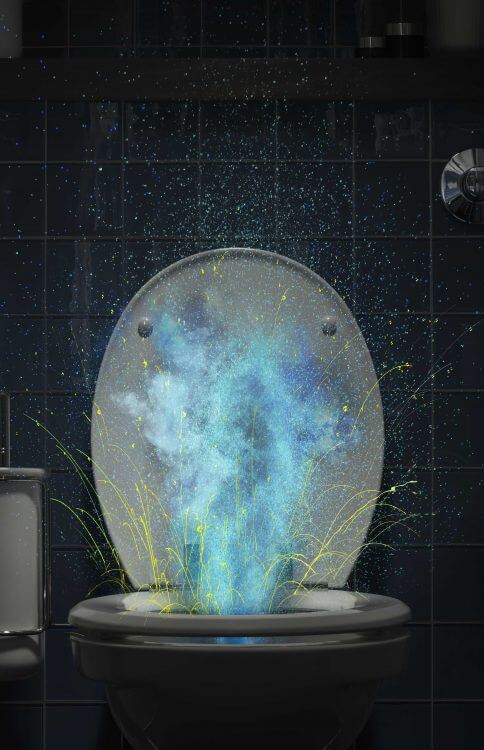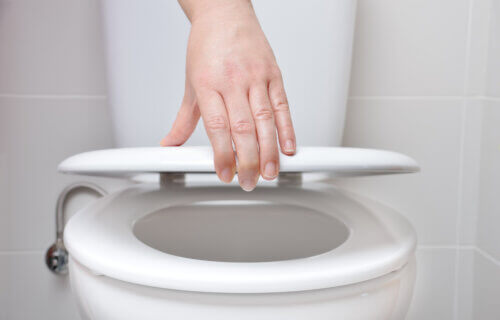BARCELONA, Spain — Could the next potential “superbug” that overruns hospitals come from their bathrooms? Researchers from NHS Lanarkshire in Scotland believe so. A new study has revealed that the real hotbeds of bacteria and fungi, including dangerous drug-resistant superbugs, are the hospital’s toilets — with men’s toilets being the worst offenders.
Stephanie Dancer, a professor and a consultant microbiologist at NHS Lanarkshire, led a team that swabbed various surfaces in hospital bathrooms, from the obvious culprits like toilet flushes and door handles to the seemingly innocent ceilings and air vents. The results, presented at the European Society of Clinical Microbiology and Infectious Diseases Global Congress in Spain, paint a rather unsettling picture of what’s lurking in these busy spaces.
Let’s start with the gender divide. Women’s bathrooms, it turns out, harbored fewer microbes than men’s. In fact, female staff toilets were the cleanest of the lot. Why the difference?
“Our results appear to confirm what is generally thought in society: women clean because their perception of dirt and disgust entices action whereas men either don’t notice a dirty environment or don’t care,” says Dancer in a media release. “It follows that women are more likely to leave a bathroom ‘clean’, while men assume someone will clean up after them.”
But it’s not just a matter of cleanliness. Researchers found that multi-drug resistant bacteria, the so-called superbugs that are becoming an increasing threat globally, were concentrated in patient toilets. These pathogens, which include infamous names like Staphylococcus aureus, Escherichia coli, and Pseudomonas aeruginosa, can cause serious infections in wounds, blood, and lungs, particularly in patients with weakened immune systems.
The discovery of these bugs on high surfaces like ceilings and air vents was particularly surprising.

“We think that the only logical explanation for this is that toilet flushing aerosolizes whatever is in the toilet bowl, whereupon tiny water particles carrying these organisms fly up to the ceiling and contaminate high sites,” explains Dancer.
The rise of gender-neutral toilets, including disabled toilets, is also a point of concern. These were found to have the highest microbial burden overall, possibly due to heavier use and differing attitudes towards cleanliness between men and women. The solution to the problem seems to be simple: just close the toilet lid before you flush.
“Airborne microorganisms and contaminated surfaces carry a potential risk for infection. Hospital toilets should have lids, which should be closed before you flush, and patient toilets should be cleaned more frequently than other toilets,” notes Dancer.
Dancer also advocates for keeping single-sex toilets rather than converting all facilities to unisex.
“Single sex and disabled toilets should be retained; with additional facilities labelled unisex and available for anyone,” explains Dancer. “But based on this study’s findings, I don’t believe we should be abandoning single sex toilets in favor of unisex toilets, since these toilets had the highest microbial burden overall.”
However, it’s not just down to the hospitals. We can all play a part in reducing the spread of germs.
“There is no doubt everyone could do with more education on hand hygiene,” says Dancer. “The more we all understand about how to protect ourselves and others from germs, the better.”
What about at home? The team says the same principles apply.
“Put the lid down before you flush and then wash your hands well and dry them with a clean towel,” concludes Dancer. “If you can, open a window in the bathroom, before using the toilet, and that’s not just to get rid of the smell.”
StudyFinds’ Matt Higgins contributed to this report.
